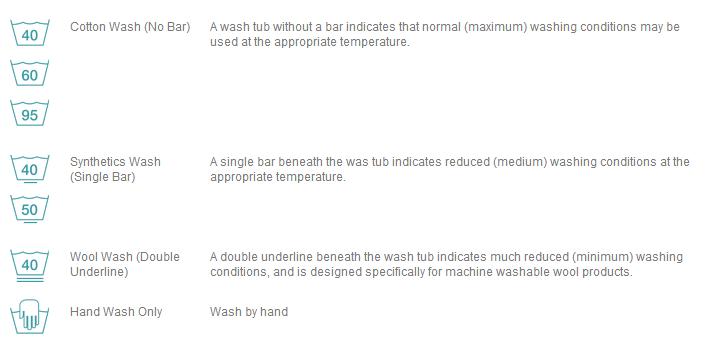One of our resolutions for 2013 is to give our customers and followers the best tips to make your laundry easier and more effective. If you’re still one of those people who loves to do your laundry at home (really?) here’s some straightforward advice to help you save time and energy – by sorting your clothes correctly before washing.
First, check the care labels. Put any garments that need special treatment (hand washing, no tumble dry, delicate fabric, etc) in their own pile. For the rest of the laundry, sort it by colour. Make sure that you separate white garments (if you want to keep them white!) from reds and bright colours, as these can leak into the rest of your clothing. In addition, to avoid getting fluff on your garments consider washing towels in a separate load.
Turn all the clothing right side out, unless the label instructs otherwise. Do up all the buttons to avoid damaging other garments and check the pockets – to avoid nasty surprises (like pens), and you may even find some extra cash!
Check each item for stains – to pre-treat them before laundering or clean them further before drying. If not, you risk setting the stain forever. If you find any rips or loose threads, it’s better to fix them before cleaning as it could get worse in the washing machine.
Of course, the LR team is more than happy to help make your laundry easier, simpler and greener – so if all this sounds like a chore, let us take care of it for you!





